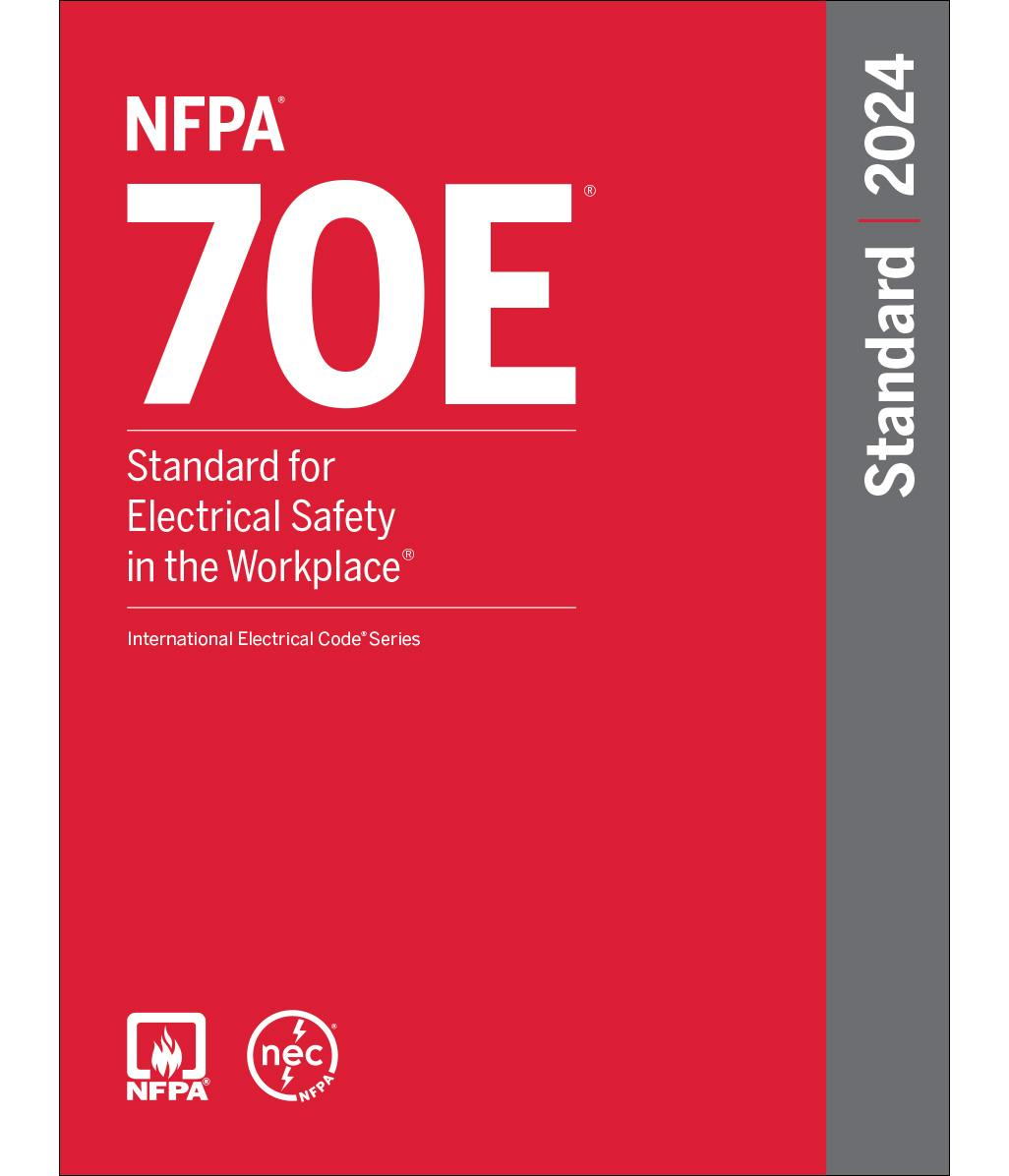Arc flashes are a serious hazard in workplaces where electrical equipment is present. These sudden releases of energy can cause severe injuries or even fatalities if proper precautions are not taken. To mitigate the risks associated with arc flashes, the National Fire Protection Association (NFPA) has established training requirements for arc flash safety that must be followed by employers and employees working with or near electrical equipment. Let’s take a closer look at these requirements and how they help ensure workplace safety.
What is an Arc Flash?
An arc flash is a sudden release of electrical energy through the air, caused by a fault or short circuit in an electrical system. This release produces intense heat, intense light, and pressure waves that can result in serious burns, hearing damage, and other injuries to individuals in the vicinity.
NFPA 70E requires that employees receive retraining at least every three years, or more frequently if there are changes in work procedures, equipment, or regulations that affect their safety
NFPA 70E
NFPA Training Requirements
The NFPA has outlined specific training requirements for employees who may be exposed to arc flash hazards. These requirements are detailed in NFPA 70E, the Standard for Electrical Safety in the Workplace. Here are the key training requirements:
- General Awareness Training: All employees who work with or near electrical equipment should receive general awareness training on arc flash hazards. This training should cover the basics of arc flash, including what causes it, its potential effects, and how to recognize warning signs.
- Specific Training for Qualified Electrical Workers: Qualified electrical workers, who are authorized to work on or near energized electrical equipment, must receive more extensive training. This training should include:
- Safety-related work practices and procedures
- Selection and use of personal protective equipment (PPE)
- Proper approach boundaries for working near energized equipment
- Procedures for responding to an arc flash incident
- Retraining: NFPA 70E also requires that employees receive retraining at least every three years, or more frequently if there are changes in work procedures, equipment, or regulations that affect their safety.
- Documentation: Employers must maintain documentation of employee training, including the date of training, the content covered, and the names of employees who received training.
Benefits of NFPA Training Requirements
Compliance with NFPA training requirements offers several benefits for employers and employees alike:
- Enhanced Safety: Proper training helps employees understand the risks associated with arc flashes and how to mitigate them, reducing the likelihood of accidents and injuries.
- Compliance: Following NFPA standards ensures that employers meet legal requirements and industry best practices, reducing the risk of fines or penalties.
- Increased Efficiency: Well-trained employees are more efficient in their work, as they can confidently and safely perform their tasks around electrical equipment.
In conclusion, arc flash hazards pose serious risks in workplaces with electrical equipment. By following NFPA training requirements outlined in NFPA 70E, employers can ensure that their employees are properly trained to work safely around electrical equipment, reducing the risk of accidents and injuries.
